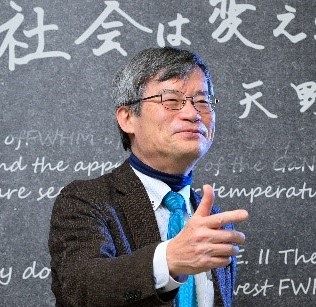

Hiroshi Amano joined Prof. Isamu Akasaki's group in 1982 as an undergraduate student. In 1985, while working on his master courses and PhD courses, Amano developed a metalorganic vapor phase epitaxy process for low-temperature deposited buffer layers for the growth of GaN single-crystal films on sapphire substrates in 1985, which led to the realization of the first III-N semiconductor-based light-emitting diodes and laser diodes. In 1989, he succeeded in growing the first conductive p-type GaN using Mg doping followed by low energy electron beam irradiation treatment and in fabricating p-n-junction GaN-based UV and blue light-emitting diodes for the first time in the world. After graduation, he has continued to independently do world-leading research on the growth, characterization and device applications of III–N semiconductors. Amano has independently led his own world-class research group since 1992 and in 2010, he moved to Nagoya University where he continues to lead the world in the creation of high-performance DUV LEDs, UV photodetectors and power devices. In 2019, his group succeeded the world’s shortest wavelength laser diode emitting 271.8 nm by AlGaN-based III–N semiconductors. In 2022, his group succeeded in the room temperature continuous wave operation of 274 nm laser diode. In 2023, his group succeeded in the 37 GHz operation of GaN-based IMPATT diode and also succeeded in high-Al content AlGaN p-n diodes on AlN substrates using distributed polarization doping.